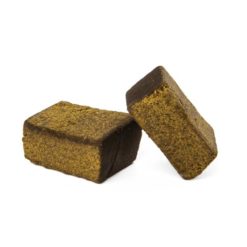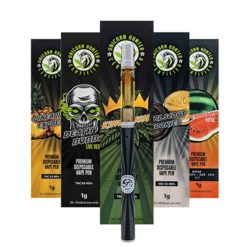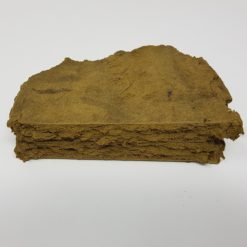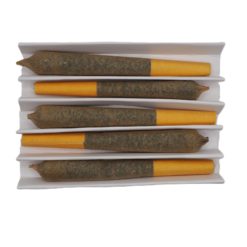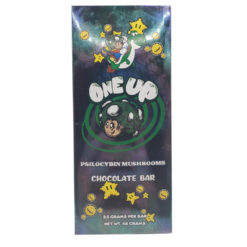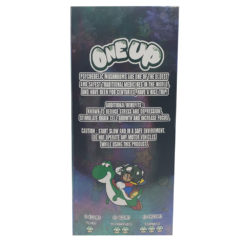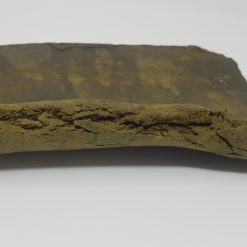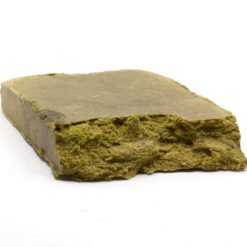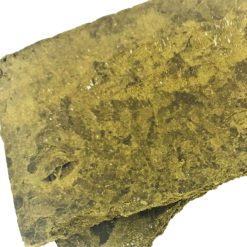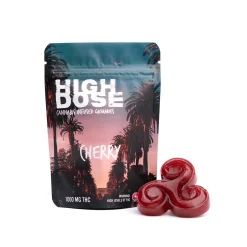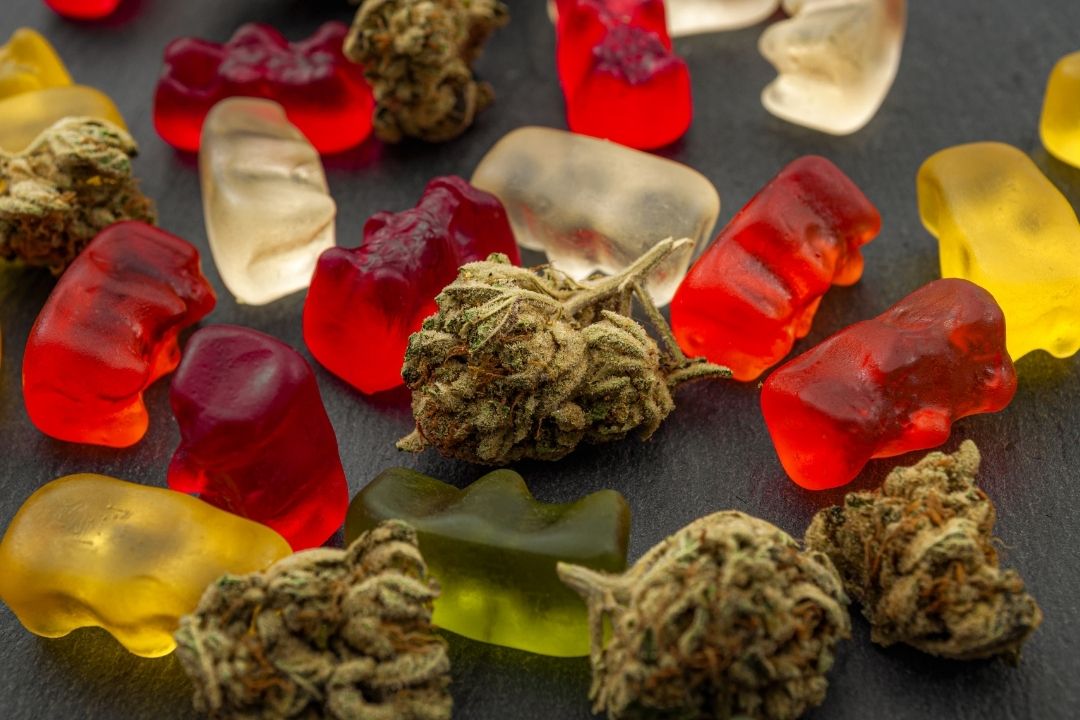When we take a weed edible, we know what’s going to happen to our day. We’re going to be buzzed for most, if not all of it, and sometimes to a point of having to go to bed.
And yet, if we smoked the same amount of weed that was in that edible, the effects would be totally different.
Why is that? How could one drug, in this case, THC, be so different depending on how you take it?
We wanted to find out too. So we did!
Let’s dive into the two key reasons behind why edible weed and smoking weed are two very different experiences, even if the dose itself is the same.
Metabolic Differences in THC uptake
The first major difference to take into account when taking a cannabis edible is to understand how THC is metabolized when ingested, vs when it is smoked.
When we smoke weed, our lungs are capable of absorbing roughly 15%-30% of the available THC directly into our bloodstream, and from that 15%-30%, a percentage of it is stored in the body’s fat cells and isn’t active until it’s released by burning said body fat – and it remains delta-9-THC, the original form it was consumed in. The high comes on almost immediately after smoking because of the rapid uptake in the blood, which bypasses the standard food and drink metabolism.
When we eat activated weed from an edible, a very different process of uptake occurs. Our livers produce enzymes to break down anything we eat, drink, as well as ones that can break down pathogens. When it comes to THC uptake in the liver, the enzyme involved is called the CYP2C9, which has a unique property of converting delta-9-THC to a cannabinoid not found anywhere else in nature 11-OH-THC, which is then further converted by CYP2C19 and CYP3A4 enzymes into a much more active form called 11-COOH-THC.
This form of THC is very different from its delta-9 precursor. It’s far more potent and psychoactive than THC, and fully saturates tissues with all the available THC that’s taken in, vs the 15%-30% intake ratio from smoking.
There are more enzymes and processes involved here, but this covers the basics you need to know to get a good idea of what is happening to THC in your liver, vs in your lungs. But if you happen to want to know more, Green Fleets has a well-made instruction video you can find here.
So if there’s more THC going into your bloodstream, why do edibles take so long?
The onset of Effects from Edibles
If you’ve had edibles before, you know they take a while to kick in, which can tempt you to take more after about an hour of waiting. DON’T.
The uptake in the lungs may be below, but it’s instant, making it easy to guess how high you’ll be, and for how long, since THC in the lungs is easier for the body to clear out vs THC in the liver.
A standard smoking high is roughly 3hrs with the immediate onset and peak effects within the first 5 minutes, but because of all those complex breakdown interactions we listed above, an edible high takes longer to kick in, but lasts longer as the breakdown and activation of THC takes place over several hours rather than just a few short minutes.
That’s why an edible high is so much more intense, for longer than a smoking high. The type of THC, metabolic uptake, and psychoactive properties are entirely different from one another, essentially making the two different drug experiences altogether.
Summary
THC can exist in several forms within the body depending on how it was ingested, and each has its own distinct set of properties.
If you’re looking for a quick and milder high, then smoke your weed.
If you’re looking for something more intense that lasts, have a pot brownie, but remember to review how long it takes to kick in, how much you can take without going too far, remember not to panic if you do. THC, in any form, is non-toxic and eventually wears off.
Did this article help you understand edible weed? Let us know in the comments!
